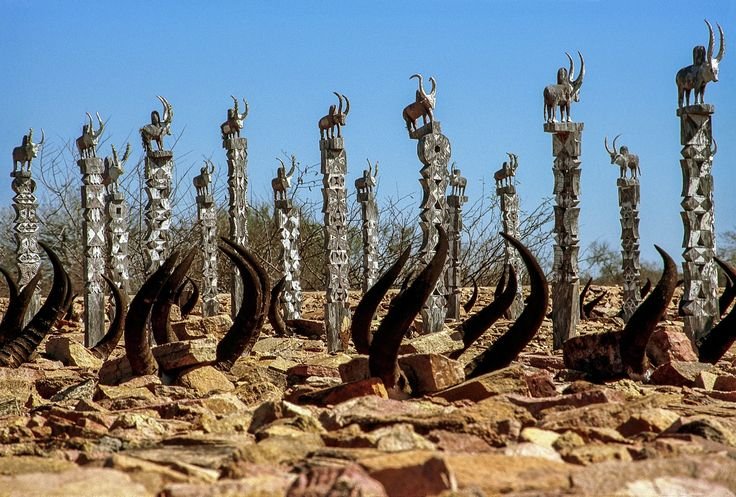Introduction
Every corner of the globe is bursting with customs and traditions that make it special. From quirky rituals to profound ceremonies, these practices reflect the values, history, and identity of their communities. But have you ever wondered what sets certain traditions apart? Let’s take a journey through 10 unique cultural practices around the world that’ll leave you inspired—and maybe a little amazed!
1. Sky Burials – Tibet’s Final Gift

In the highlands of Tibet, funerals take on a spiritual twist with sky burials. Rather than burying or cremating the dead, bodies are left on mountaintops for vultures to consume. This practice stems from Tibetan Buddhism, where feeding animals symbolizes compassion and aids in the deceased’s journey to the afterlife.
- Why it matters: It’s an eco-friendly and deeply spiritual ritual.
- Fun fact: Vultures are considered sacred in Tibetan culture!
2. Baby Jumping Festival – Spain’s Leap of Faith

Ever heard of a festival where men dressed as devils jump over babies? Welcome to El Colacho in Castrillo de Murcia, Spain. Dating back to the 17th century, this quirky tradition involves “devils” leaping over infants to cleanse them of sin and bring good luck.
- What’s the buzz?: It’s a blend of Catholicism and folklore.
- When to go: The festival happens annually during the Feast of Corpus Christi.
3. Polterabend – Germany’s Wedding Smash

German couples’ pre-wedding celebrations are anything but ordinary! Guests break dishes, ceramics, and sometimes even toilets at the bride’s house. The couple then cleans up the mess together—a symbolic gesture of teamwork for their married life.
- Why it’s unique: It’s all about shared responsibility.
- Pro tip: If you’re invited, don’t forget your porcelain!
4. Turning of the Bones – Madagascar’s Family Reunion

In Madagascar, the Famadihana ritual—or “Turning of the Bones”—sees families exhuming their ancestors’ remains to rewrap them in fresh cloth. They celebrate with dancing and feasting, believing it strengthens bonds between the living and the dead.
- Cultural insight: Ancestors play a central role in Malagasy life.
- Don’t miss: The lively music and celebratory vibe!
5. Living Bridges – India’s Rooted Marvels

In Meghalaya, India, the Khasi people craft “living bridges” using the roots of rubber trees. These bridges, which can take decades to grow, are both functional and stunningly sustainable. Some are over a century old and can support dozens of people at once!
- Why visit: They’re a testament to harmony with nature.
- Fun fact: These bridges get stronger with age.
6. Kanamara Matsuri – Japan’s Steel Phallus Festival

Held annually in Kawasaki, Japan, the Kanamara Matsuri celebrates fertility and protection against disease. This cheeky festival features parades with, well, phallic-shaped everything—from floats to candies.
- What’s the point?: It’s rooted in Shinto beliefs.
- Insider tip: Embrace the playful vibe!
7. Scarification – Africa’s Timeless Tattoos

In various African tribes, scarification—deliberate cutting of the skin—is a rite of passage or a symbol of beauty, status, or identity. These intricate patterns, created with precision, often hold deep personal or communal significance.
- Why it matters: It’s about storytelling through skin.
- Did you know?: Each scar tells a unique story.
8. Yakama Hat Dance – Mexico’s Indigenous Spirit

The Yakama Hat Dance is a vibrant expression of indigenous culture in central Mexico. Performed during ceremonies, dancers use intricate footwork while balancing hats adorned with flowers and ribbons. It’s as mesmerizing as it sounds!
- What makes it special: It’s a blend of rhythm and artistry.
- Best time to see: Indigenous festivals in the region.
9. Kava Ceremonies – Fiji’s Drink of Connection

In Fiji, kava—a drink made from the roots of the kava plant—is more than a beverage; it’s a social glue. Ceremonies often involve sharing kava in a communal circle, fostering unity and respect among participants.
- What to expect: A relaxing, slightly numbing drink.
- Fun tradition: Guests clap before and after drinking.
10. Springtime Whipping – Czech Republic’s Easter Quirk

During Easter in the Czech Republic, boys playfully whip girls with willow branches, a tradition believed to bring health and fertility. Don’t worry—it’s all in good fun, and the girls reward the boys with decorated eggs.
- What’s behind it?: It’s tied to ancient pagan rituals.
- Hot tip: Look out for colorful ribbons tied to the branches.
FAQs
What are cultural practices?
Cultural practices are rituals, customs, or traditions specific to a group, often passed down through generations. They reflect a community’s values and beliefs.
Why are cultural practices important?
They help preserve heritage, foster community identity, and provide insight into the diverse ways of life around the world.
Can I participate in these cultural practices?
Many communities welcome outsiders to observe or even join in their traditions, but it’s essential to approach with respect and seek permission when necessary.
Conclusion
Exploring 10 unique cultural practices around the world is like flipping through a kaleidoscope of humanity. These traditions show us how deeply interconnected we are, even in our differences. So, next time you travel, why not dig a little deeper and experience something extraordinary? Who knows—you might even bring a bit of that magic back home!





